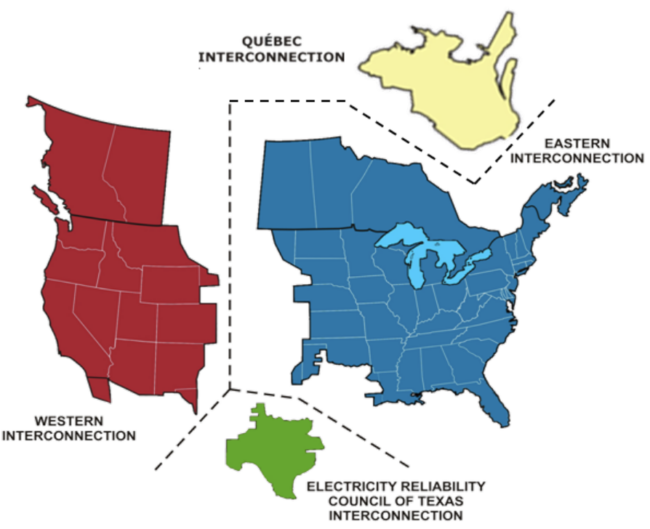by Nick Fitzmaurice & Anne Hedges
MEIC has been saying for years: you can’t transition without transmission. Without wires to move electricity from our abundant renewable wind and solar energy sources to where there is demand for carbon-free electricity, these projects cannot be built. This was a fantastic legislative session for electric transmission, which so far continues to enjoy broad bipartisan support as an essential precursor to reliable and affordable electricity. MEIC worked hard all session to craft, amend, and guide much of this legislation across the finish line.
HJ 15 (Rep. Greg Kmetz, R-Miles City) passed unanimously in the Senate, and with only one dissenting vote in the House. This resolution lays out the need for additional electric transmission capacity in Montana and the region to ensure affordable and reliable electricity service in the state. It will now be sent to key decision-makers so they understand the bipartisan statewide support for increased transmission capacity in Montana. SJ 12 (Sen. Gregg Hunter, R-Glasgow) also passed resoundingly. SJ 12 is a study resolution to explore the economic damages incurred by current congestion on Montana’s interstate transmission system. A complementary resolution supported by MEIC, SJ 21 (Sen. Daniel Zolnikov, R-Billings), also passed. It requests the state to study possibilities for interstate coordination on transmission projects.
Two more substantive transmission bills also passed resoundingly. SB 355 (Sen. Wylie Galt, R-Martinsdale) enables beneficial competition for transmission development in eastern Montana by repealing Montana Dakota Utilities’ right of first refusal for electric transmission infrastructure. SB 301 (Sen. Daniel Zolnikov, R-Billings) started as an awful bill from NorthWestern Energy, introducing tremendous confusion into the transmission development process while leaving customers on the hook for any excessive and unnecessary utility investments into transmission. MEIC and others secured extensive amendments, turning the bill into a helpful pre-approval process to expedite transmission development, while ensuring that proper environmental analyses are conducted and that the Public Service Commission (PSC) retains the right to disallow rate recovery for imprudently incurred costs. MEIC will engage in the rulemaking process at the PSC in the coming year as it irons out the bill’s implementation.

Montana’s electric grid is split into two parts: The electric transmission infrastructure in the western two-thirds of the state is connected to the western grid of the U.S., and the transmission infrastructure in eastern Montana is connected to the eastern grid. These two grids divide the country from Canada to Texas with very little connectivity and unsynchronized frequencies. Straddling these separate systems and with limited connectivity across state borders, Montana is severely limited in its ability to move large amounts of power across the state and to trade power with utilities in other states. Bills that passed this session indicate that many Montana decision-makers agree: Montana needs more transmission.
This article was published in the June 2025 issue of Down To Earth.

